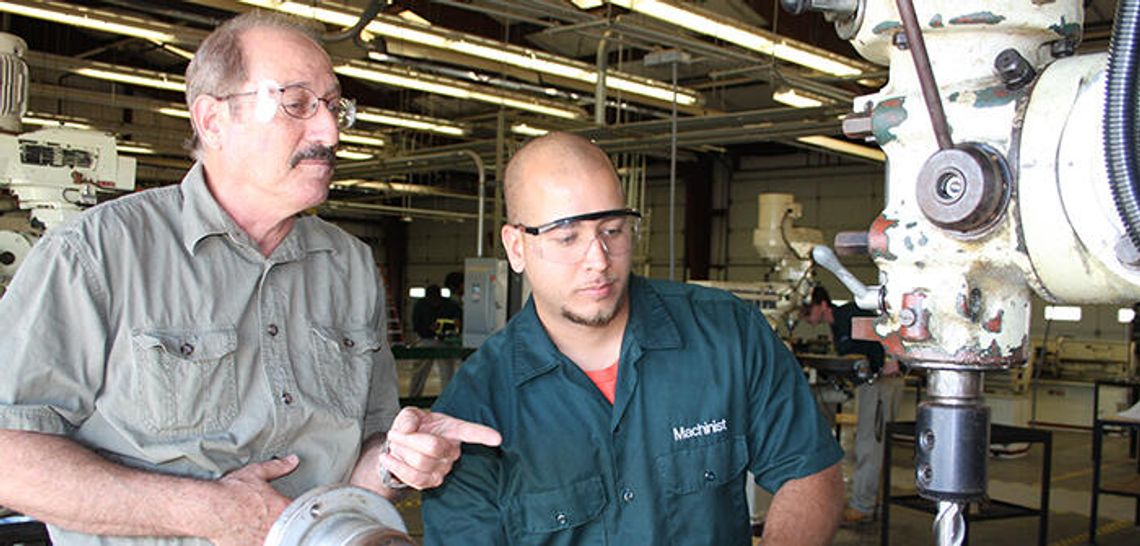As more jobs arrive in the fastest growing area in the nation, training and retaining talent are the next greatest challenges Hays County could face in the near future.
Helping business and municipal leaders shape talent for tomorrow was a central point in the Greater San Marcos Partnership’s (GSMP) 2017 economic outlook.
John Thomaides, mayor of San Marcos, said collaborative leadership among civic leaders, employers and workforce institutions is one of the area’s “biggest strengths.”
Thomaides said the I-35 corridor, which the GSMP calls the “innovation corridor,” requires San Marcos, Texas State University, San Marcos ISD and all Hays County communities to work together.
“The labor force at Texas State is a strong draw for business,” Thomaides said.
Adriana Cruz, GSMP president, said the San Marcos area is seeing strong job growth compared to other cities in Texas and the nation.
According to the Texas Workforce Commission, Hays and Caldwell Counties have increased employment by 30 percent, while there has been a 20 percent increase in business establishments over the past five years.
Cruz cited a 2016 Forbes report that said the Austin/San Antonio region is the next “great metropolis.” She also cited a recent urban mining operation that chose to locate in San Marcos, along with the completion of the Amazon fulfillment center.
But Cruz also believes the next step for cities and businesses is shaping and training the current workforce for the future.
“The basic need is talent,” Cruz said. “By training appropriate skills or work ethic, a company can add specific customized training. Without that component, an area won’t win economic projects.”
Shabaka Gibson, vice president of ADY Advantage, said creating a vision tailored for the specific region is one strategy to help solve talent issues in a community.
Talking with stakeholders and public officials to gather qualitative and quantitative information on what trends are coming up in the job world is also important.
Engaging the next generation of the workforce could also play a role in developing talent for a community, Gibson said. It begins by getting parents to understand “today’s manufacturing isn’t yesterday’s manufacturing” and to press upon their children the value of careers in the science and mathematics fields.
Daniel Brown, University College dean at Texas State University, said workforce development is going to be the “rising tide that lifts all boats in this region.”
He said making sure students have strong math skills can lead to success in the future.
“No one loves doing something they are challenged to do,” Brown said. “They think math is insurmountable. But it’s like developing a muscle or skill, develop over time and it will improve.”
Charles Cook, Austin Community College chief academic officer, said 60 percent of today’s jobs require post-secondary training, whether it’s a certification or degree.
“What was sufficient with a high school diploma is no longer sufficient,” Cook said. “Today, people should identify a career path early and pursue it and go after the good paying jobs.”
Cook added the more high paying jobs the region has, the “better for the community it will be.” He said ACC also gives students a “reality check,” to ask students about their future and “think about what they want in their lives.”
An emphasis on teaching the “soft skills,” such as communication, self-confidence and taking constructive criticism, is also a priority when developing the next workforce, Lonnie Hall, director of the San Marcos Gary Job Corps center, and Ruth Hughs, commissioner at the Texas Workforce Commission both emphasized.
Hughs said promoting marketable skills is also important for the younger generation. She said the TWC encourages employers to provide internships, which can help students in college un-train any possible bad habits.
“It’s more than technical skills, but also having the soft skills in order to keep the job,” Hughs said.
Hall said the industry has gotten away from getting business people to go to schools and “talk about expectations.”
“This is what we need in the industry, experience and exposure,” Hall said. “But more importantly, to have other mentors for young people so we can steer them into their passion.”











